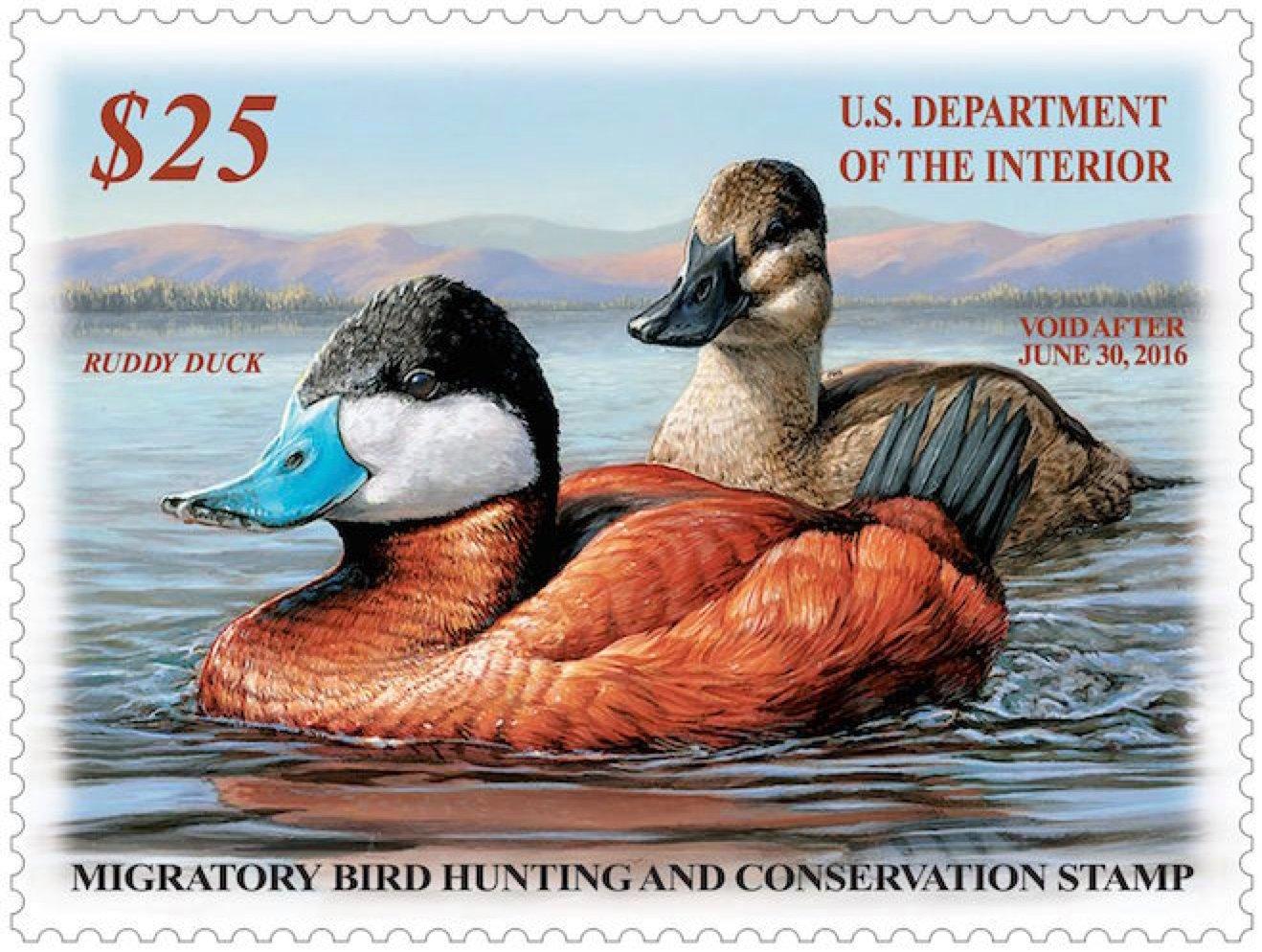This quirky little bird is unique in the waterfowling world

You don't hear much about ruddies. They're a diving duck and typically begin to stage and migrate in the northern United States during early to mid-October, sometimes rafting in great numbers on large waters. Further, they often mix with other diving ducks, such as scaup, buffleheads and goldeneyes. However, ruddies are almost an afterthought for most hunters because they usually prefer to swim or dive instead of fly, much like coots. Even when they go airborne, their flight patterns are typically straight and relatively slow (I'll note some exceptions later). And honestly, they don't make great table fare, as their meat often has a muddy taste, probably because their diet consists largely of aquatic invertebrates.
Still, the ruddy is a fascinating little bird. It's the only North American member of the genus Oxyura (stiff-tailed ducks). Drakes in breeding plumage are striking, sporting black head caps, bright white cheeks, bright blue bills and deep chestnut bodies. Hens and juvenile birds are drab, with dull brown plumage, gray bills and a dark stripe across the cheek patch. Ruddies often swim with their stiff, spike-like tails fanned upward.
According to allaboutbirds.org, from the Cornell Lab of Ornithology, drake ruddies court hens by beating their bills against their necks to create bubbles in the water. Also, the site said, ruddies feed most actively at night, which explains why you often see them sleeping during the day, heads tucked under their wings.
Captive ruddies escaped from wildfowl collections in the late 1950s and became established in Great Britain and later continental Europe. Their aggressive courting behavior and propensity to breed with Europe's endangered white-headed duck, also a member of genus Oxyura, caused concern among biologists. Culling and extirpation attempts followed, and by 2014, the British population of ruddies had been reduced to about 20 to 100 birds, down from about 5,500 in 2000.
I never knew ruddy ducks existed until the mid-1980s, when I began attending college near a large lake that annually attracts thousands of diving ducks. I soon learned to identify them and, like many limit-hungry young hunters, shot some. In fact, I probably killed about four-dozen ruddies during a 20-year stretch. They get a free pass nowadays, as I just enjoy observing their quirky behavior during otherwise slow hunts.
Still, the little birds have provided some fun moments through the years. During one early-October layout hunt, I was watching a mirror-calm lake when I heard hissing wings slicing through the air behind me. Ringbills, I thought. The birds zipped across the decoys and quickly banked left. I rose and fired two shots at the air behind the flock before finally scratching down one bird. Ringbills? No, you guessed it: ruddies. And man were they moving.
Years earlier, a friend and I sat in snow driven by a 30-mph northeast wind and watched flock after flock of bluebills bomb our decoys. We'd fired countless shells that afternoon and were one bird shy of a limit when a single cut through the gale and angled north across our spread. My buddy instinctively rose and fired, crumpling the duck with the best shot of the day. Yep. Ruddy. And we didn't care. He looked just fine next to the 11 scaup stacked in our boat.
Take a moment to appreciate the lowly ruddy duck this season. It's a cool bird that adds interesting diversity to the waterfowling scene. And until June 30, when the 2015-'16 federal duck stamp becomes void, it's the glamor child of our favorite activity.
Click here for more Realtree waterfowl hunting content. And check us out on Facebook.






